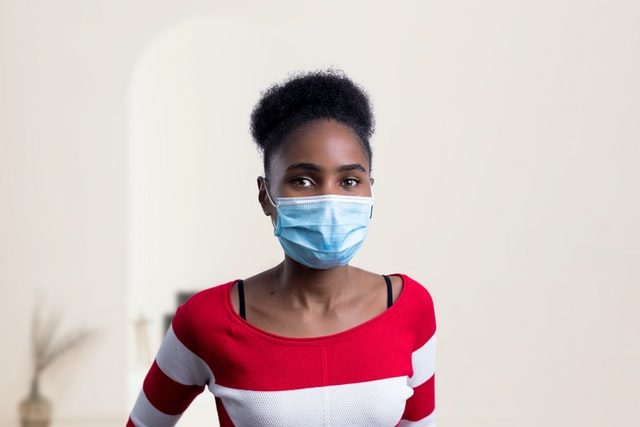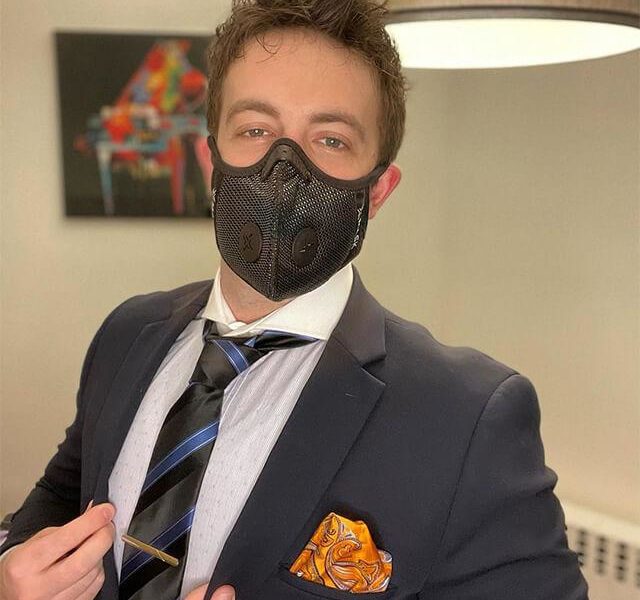
The Light Test: How To Make Sure Your Mask Is Effective
It’s 2021 and the pandemic ranges on. Countries around the world are experiencing their third and fourth waves of the coronavirus. Guidance around wearing facemasks in public has changed over time. But WHO still recommends wearing facemasks that prevent your breath from potentially infecting other people. Facemasks should be changed frequently to ensure safety. How to make your facemask is effective? The light test is simple yet powerful enough to determine the effectiveness of your facemask.
The Light Test
If you’re unsure about the effectiveness of your mask, the light test or match test is a simple test that can be performed at home.
Light A Match Or Candle
Simply light a match and wear a mask. Place the match or candle safely so as to avoid any unnecessary accidents.
Blow Out The Flame
While wearing your mask, try to blow out the flame of the match or candle. Do light blows first and then blow out with force to determine different levels of effectiveness.
Pass/Fail
Check if the flame goes out. It it does, the mask is ineffective since it’s not doing a good job of keeping your breath in. If it doesn’t go out, then the mask is effective. If the flame starts to dance when you exhale with force, the mask is still pretty effective since it’s containing most of your breath within.
Is the light test the only test to check for the effectiveness of facemasks in keeping out all mediums of COVID-19 infections? Yes, since the virus mostly travels through air. For more health conscious people, however, that’s not enough.
Water Resistance Check
The breath we exhale is a combination of air and water droplets. When people around you cough or sneeze, these water droplets can fall on your mask and may get absorbed. The CDC recommends TGA-approved water resistance masks that can repel water.
The water resistance check is a simple check you can perform to check if your facemask can repel water. Simple pour a drop of water on the outer side of your facemask. If the water forms a bead, then the mask has a hydrophobic (water-repelling) layer that provides water resistance. If the water gets absorbed, then you should change your mask for additional safety.
Recommendations
The candle test or the light test is a great way to determine whether or not your mask is providing you with adequate protection. As a general rule of thumb, change your facemask every other week. DO NOT WASH AND REUSE your facemasks. Facemasks come with a protective membrane that gets damaged when washed. It is always best to new masks that have fresh and clean filters.
If you want to wear masks that are tested for effectiveness and styled for you to look good, checkout out our designer masks.



